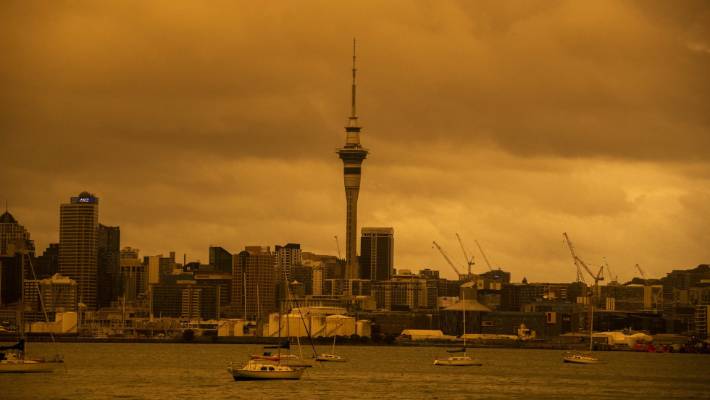最近的研究表明,由于空气污染,新西兰面临严重的健康威胁。该信息来自于2022年7月发布的新西兰健康与空气污染(HAPINZ)3.0报告。
该研究主要集中在两种污染物上:被称为PM2.5的细颗粒和一种叫做二氧化氮(NO2)的气体。环境中PM2.5的主要来源是家庭火灾、汽车、灰尘和工厂。另一方面,大部分二氧化氮是由汽车排放的。
这些污染物对健康的影响令人震惊。2016年,空气污染导致3,317人过早死亡。此外,有13,155人住院,报告了13,229例儿童哮喘病例。
汽车和家庭火灾已被确定为造成这一紧迫空气污染问题的主要因素。在2016年与污染有关的死亡总数中,汽车造成了2,247人,而房屋火灾占962人。
在财务方面,其影响也是显而易见的。据估计,2016年空气污染造成的健康和其他相关挫折的代价为156亿美元。
从地理上看,奥克兰和克赖斯特彻奇因污染造成的死亡人数最多。但是,就死亡率而言,南岛尤其受到影响,由于空气质量差,过早死亡的比例很高。
该研究进一步表明,从2006年到2016年,空气污染对健康的影响有所增加,其中二氧化氮是造成这种上升的重要因素。一个令人担忧的事实是,2016年,新西兰81%的人口居住在PM2.5水平危险的地区。太平洋地区的人群最容易接触PM2.5和NO2。
该报告强调指出,新西兰迫切需要解决空气质量问题,以保障公共健康。如需详细说明,可在线查阅 HAPINZ 3.0 报告
。




























































